-
What is Affecting Video Latency
10/02/2017 at 09:26 • 0 commentsAnother test was to deliberately ‘stress test’ the CPU and then gather the timing results. To achieve this I issued the following command in the macOS terminal of a MacBook Air:
yes > /dev/null & yes > /dev/null & yes > /dev/null & yes > /dev/null &
This created four processes that consumed a significant amount of CPU percentage in the Activity Monitor utility of macOS. In this test the results were as expected, and the timing was delayed; even if it was by only a small average amount of 64.5 milliseconds. The table below shows how the timing is delayed a little when the CPU is busy processing.

To turn off the ‘stress test’ issue the following command:
killall yes
-
Initial Timing Tests
10/02/2017 at 09:21 • 0 commentsI decided to do some timing tests. Initially I just timed how long it takes for a MacBook Air to change from a simple black slide to a green slide. After ten tests, the average came out at 62.9 milliseconds. The next test was to determine if playing a 1080P HD Video Clip in the background affects the latency of the slide change. Surprisingly, this did not seem to slow dow the time it takes to change a slide. In fact, it was actually quicker with an average time of 57.6 milliseconds. The table below shows the results of this initial test and comparison.

-
How accurate is the timing?
09/26/2017 at 01:18 • 0 commentsThe question needs to be asked… How long does the Arduino chip take to execute it’s instructions, and do we need a timer to test The VLT timer?! The VLT can be considered obsolete if it is found that the Arduino chip runs too slow. There is obviously no need to test the speed of Video Latency if the testing device introduces it’s own timing issues. The good news is that the analogRead() Arduino function is very quick. According to:
https://www.arduino.cc/en/Reference/AnalogRead
“It takes about 100 microseconds (0.0001 s) to read an analog input, so the maximum reading rate is about 10,000 times a second.”
100 microseconds is not long considering that The VLT is measuring time in milliseconds. Therefore, in my opinion the speed of the ATmega328P chip is sufficient, as the time it takes to execute the analogRead() instruction in the code is negligible.
-
Fooling the Display Adapter
09/18/2017 at 07:14 • 0 commentsI needed a way for the computer to ‘think’ it was plugged into a display or projector. Initially I tried to read a voltage directly from the VGA output of my computer, however this was not possible for me. To solve this I used a Kramer VP-211DS. This piece of equipment is designed to be a VGA switcher. It also amplifies the signal as it runs from a 12 volt wall socket power source. The switching mechanism of the Kramer VP-211DS is not used in this project, as its sole use is to power the video signal and allow the computer to output a VGA video feed. Any other device that causes the laptop computer to detect a display can be used for this project. Future hardware changes of this project may wish to eliminate to VGA Switcher altogether by constructing the circuitry needed for a dummy display to initialise.
The VLT - Video Latency Tester
The VLT is a tool to measure how long it takes (in milliseconds) for a video signal to change from one state to another.
 Nathan Daniels
Nathan Daniels
